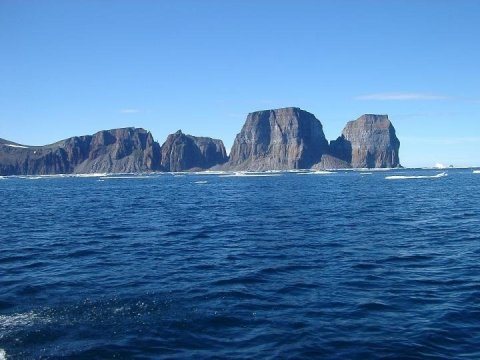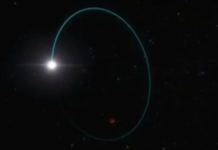
Washington–A team of researchers, including those of Indian-origin, has found material in rock formations that dates back to shortly after the Earth formed.
The discovery, reported in the journal Science, will help scientists understand the processes that shaped our home planet’s formative period and its internal dynamics over the past 4.5 billion years.

The research team — which included Sujoy Mukhopadhyay and Vicky Manthos of University of California Davis, among others — was able find a geochemical signature of material left over from the early melting events that accompanied Earth’s formation.
They found it in relatively young rocks both from Baffin Island, off the coast of northern Canada, and from the Ontong-Java Plateau in the Pacific Ocean, north of the Solomon Islands.
These rock formations are called flood basalts because they were created by massive eruptions of lava.
The solidified lava itself is only between 60 and 120 million years old, depending on its location.
But the team discovered that the molten material from inside the Earth that long ago erupted to create these plains of basaltic rock owes its chemical composition to events that occurred over 4.5 billion years in the past.
The team arrived at the conclusion by measuring variations in these rocks of the abundance of an isotope of tungsten – that contains one isotope of mass 182 that is created when an isotope of the element hafnium undergoes radioactive decay, meaning its elemental composition changes as it gives off radiation.
It was a surprise to the team that such material still exists in Earth’s interior.
“This demonstrates that some remnants of the early Earth’s interior, the composition of which was determined by the planet’s formation processes, still exist today,” explained lead author Hanika Rizo from Universite du Quebec a Montreal in Canada.
“The survival of this material would not be expected given the degree to which plate tectonics has mixed and homogenised the planet’s interior over the past 4.5 billion years, so these findings are a wonderful surprise,” Richard Carlson from Carnegie Institution for Science, Washington, DC.
The team’s discovery offers new insight into the chemistry and dynamics that shaped our planet’s formative processes.
Going forward, scientists said they will have to hunt for other areas showing outsized amounts of tungsten-182 with the hope of illuminating both the earliest portion of Earth’s history as well as the place in Earth’s interior where this ancient material is stored. (IANS)













